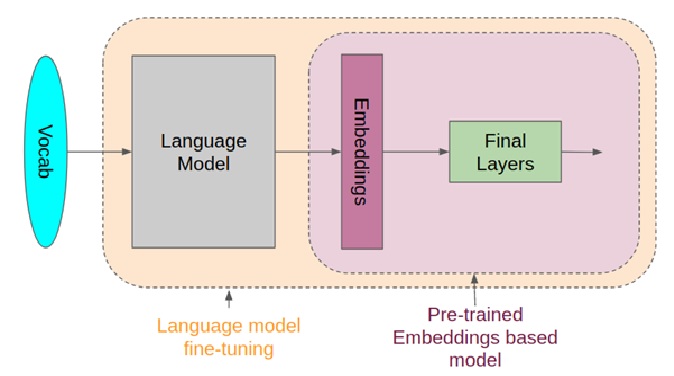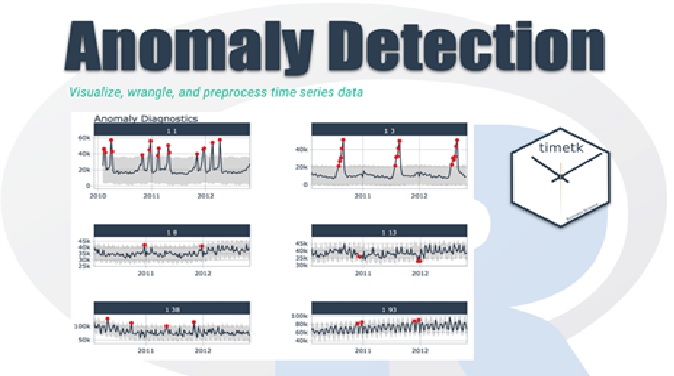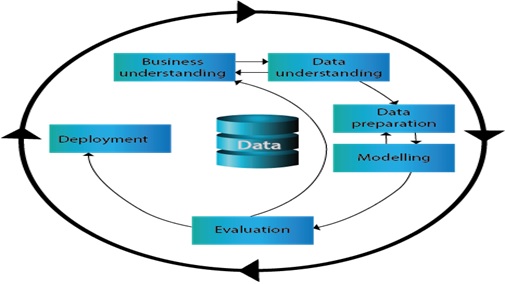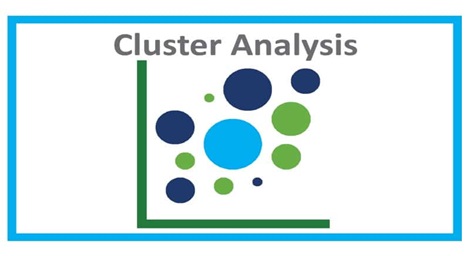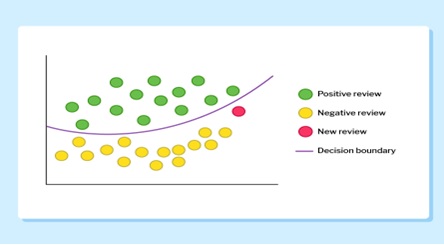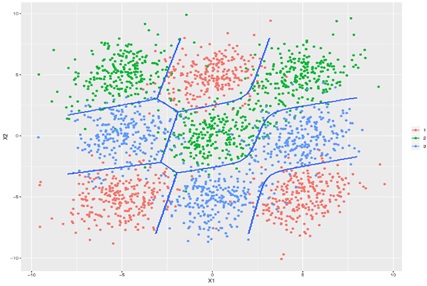Data Fabric
Data fabric is a modern approach to data management that aims to provide a unified view of an organization's data assets, regardless of where they are located or how they are stored. It is an architecture that enables organizations to seamlessly integrate and manage data from various sources and formats in a single view.
Data fabric is designed to address the challenges of modern data management, such as data silos, data integration, and data governance. By creating a unified view of data across an organization, data fabric enables organizations to gain insights into their data assets and make better decisions.

Figure 1. Data Fabric
Figure 1 is an illustration of data fabric. Data fabric typically consists of three main layers:
- Data Ingestion: Data fabric allows organizations to ingest data from various sources such as databases, applications, IoT devices, and streaming data. It provides a flexible and scalable architecture for ingesting data in real-time or batch mode.
- Data Integration: Data fabric provides a flexible integration layer that enables organizations to transform and enrich data from various sources. This layer includes data quality checks, data transformation, and data enrichment.
- Data Consumption: The final layer of data fabric is the data consumption layer, which provides a unified view of data for consumption by applications, analytics tools, and users. This layer includes APIs, data virtualization, and data visualization tools.
Data fabric provides several benefits, including:
- Data Agility: Data fabric provides organizations with the ability to quickly adapt to changing data requirements by providing a flexible and scalable data management architecture.
- Data Governance: Data fabric enables organizations to establish data governance policies across all data sources and ensures compliance with regulations such as GDPR and CCPA.
- Data Insights: By providing a unified view of data, data fabric enables organizations to gain insights into their data assets, identify trends and patterns, and make better decisions.
- Cost Savings: Data fabric eliminates the need for data integration and management tools, reducing costs associated with managing multiple data sources.
Data fabric is becoming an increasingly popular approach to data management, particularly as organizations seek to gain more value from their data assets and improve decision-making capabilities.
Cite this article:
Hana M (2023), Data Fabric, AnaTechMaz, pp.61




